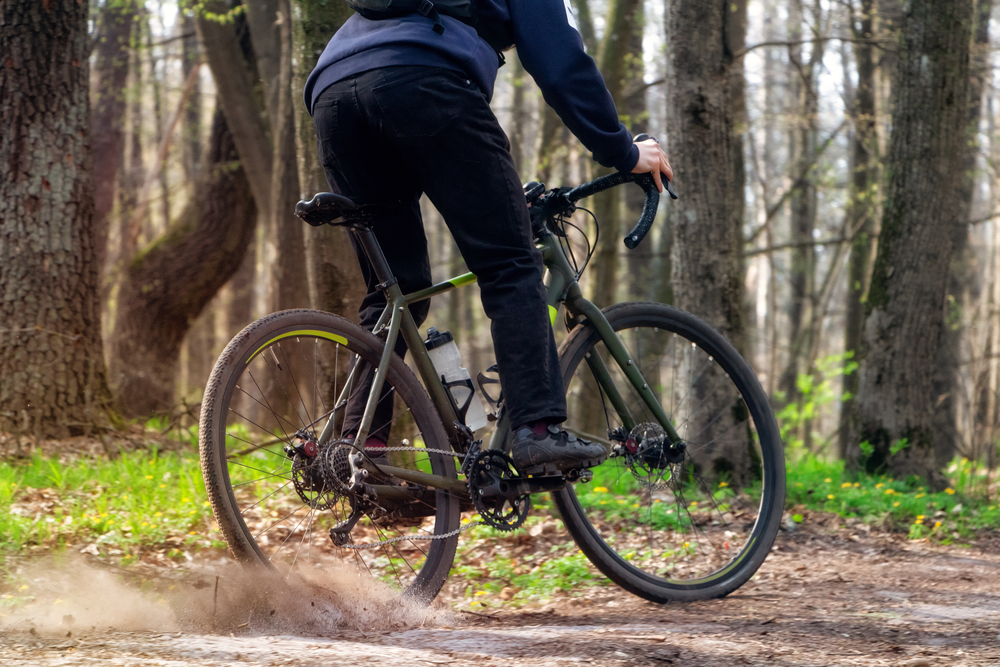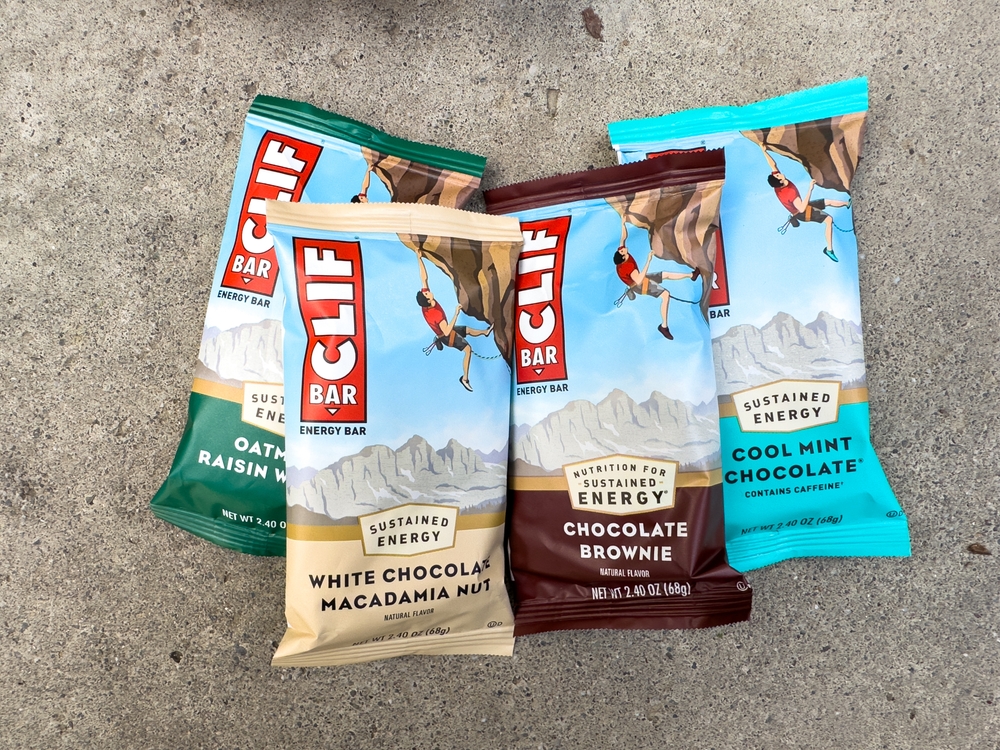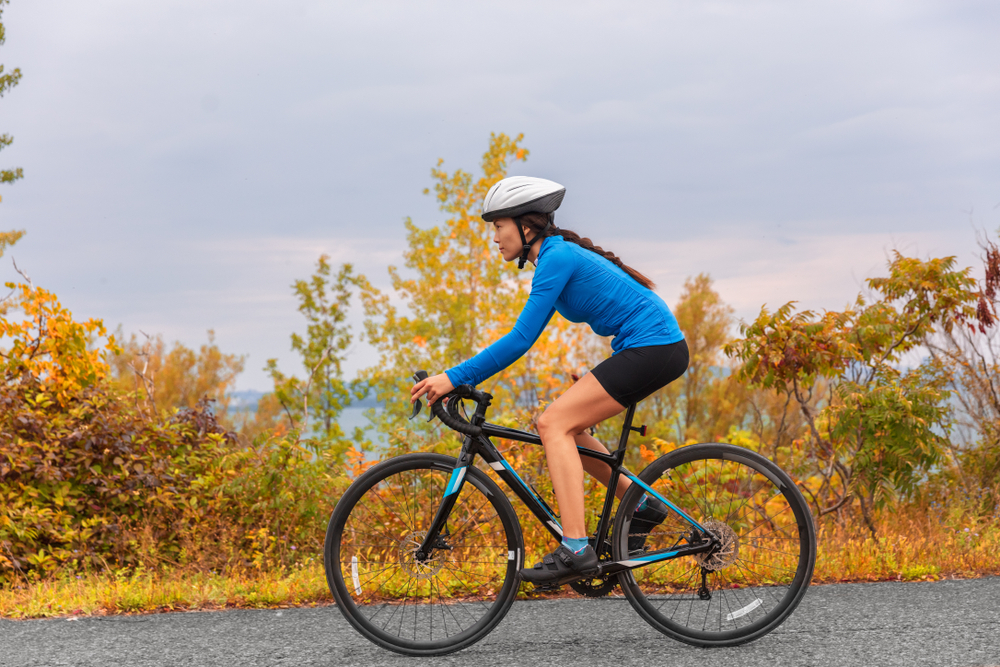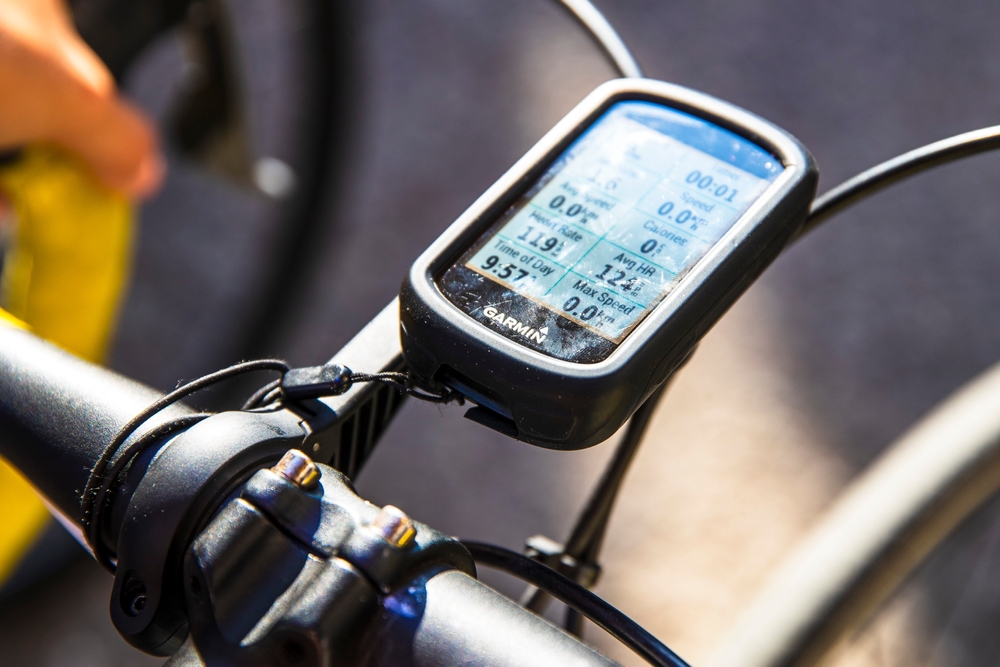Best Mountain Bike Shoes
Best Mountain Bike Shoes
Choosing the right mountain bike shoe is crucial for performance and comfort. Different types of shoes serve different riding styles and conditions. Understanding the variations available can help you make an informed choice.
Types of Mountain Bike Shoes
There are generally three types of mountain bike shoes: clipless shoes, flat pedal shoes, and hybrid shoes. Each has its uses and benefits.
Clipless Shoes
Clipless shoes are designed to work with clipless pedals. They feature a cleat on the sole that locks into the pedal, providing a secure and efficient connection.
- Pro: Increased pedaling efficiency.
- Con: Requires cleat and pedal compatibility.
- Pro: Superior control over the bike.
- Con: Takes time to master clipping in and out.
Flat Pedal Shoes
Flat pedal shoes are used with flat, platform pedals. They have a flat, sticky rubber sole that grips the pedal.
- Pro: Greater freedom of movement.
- Con: Less efficient power transfer.
- Pro: Easier to bail out in tricky situations.
- Con: Less secure foot positioning.
Hybrid Shoes
Hybrid shoes offer features of both clipless and flat pedal shoes. They can be used with either pedal type, thanks to interchangeable sections on the sole.
- Pro: Versatility in various riding conditions.
- Con: Potentially heavier and bulkier.
- Pro: Suitable for riders switching between pedal types.
- Con: May not excel at any one feature.
Materials and Construction
The construction of mountain bike shoes influences their durability, weight, and comfort. Key materials include leather, synthetic fabrics, and combinations of both.
Leather
Often used for high-end shoes, leather offers durability and flexibility. However, leather shoes can be heavier and require more maintenance.
Synthetic Fabrics
Shoes made from synthetic materials tend to be lighter and more breathable. They often dry faster after wet conditions but may not be as durable as leather options.
Combination Materials
Many mountain bike shoes use a combination of leather and synthetic materials. This approach aims to offer the best properties of both materials, balancing weight, durability, and comfort.
Sole Types and Stiffness
The sole of mountain bike shoes significantly affects performance. Different sole stiffness levels are suitable for different riding styles.
Soft Soles
Soft soles provide better grip and comfort. They are suitable for trail riding or downhill biking. However, they can be less efficient for pedaling over long distances.
Stiff Soles
Stiff soles are more efficient for power transfer, making them ideal for cross-country and long-distance rides. They can, however, be less comfortable for walking and technical trails.
Fit and Comfort
A proper fit is essential for mountain bike shoes. Ill-fitting shoes can cause discomfort and impact performance.
Sizing
Mountain bike shoe sizes can vary between brands. It’s important to try on shoes and, if possible, test them in a real riding situation. Consider the type of socks you’ll wear and if you’ll need room for swelling on long rides.
Adjustability
Look for shoes with adjustable closures, such as Velcro straps, laces, or ratcheting buckles. These can help you achieve a snug fit and make on-the-fly adjustments easier.
Cushioning
Good mountain bike shoes offer cushioning to absorb shocks and protect your feet. Look for shoes with padded insoles and supportive construction.
Weather Considerations
Different riding conditions can require different shoe features. Here’s what to consider for various weather scenarios.
Wet Conditions
Choose shoes with waterproof or water-resistant materials. They can help keep your feet dry. Quick-drying materials are beneficial to avoid prolonged dampness.
Cold Weather
Insulated shoes or the use of shoe covers can keep your feet warm in cold climates. Proper insulation also helps in retaining comfort during longer rides.
Hot Weather
Ventilated shoes with breathable materials allow for better airflow. They help keep your feet cool and reduce sweat accumulation.
Top Mountain Bike Shoe Brands
Some brands are well-known for their quality and performance. Here’s a look at a few of the top manufacturers.
Shimano
Shimano is renowned for its range of clipless shoes. Known for their durability and excellent power transfer, Shimano shoes suit various types of riders.
Five Ten
Five Ten is a leader in flat pedal shoe technology. Their Stealth rubber soles offer unmatched grip and durability, appealing to gravity and trail riders alike.
Giro
Giro produces a wide variety of mountain bike shoes, including both clipless and flat pedal options. Their shoes are often praised for comfort and stylish designs.
Specialized
Specialized offers innovative designs focused on performance and rider biomechanics. They cater to both amateurs and professionals with a range of fit and closure systems.
Price Range and Value
Mountain bike shoe prices vary widely. High-end shoes offer advanced materials and technologies, while budget options provide essential features at a lower cost.
High-End Options
Expensive shoes often feature lightweight, durable materials, and custom fit options. Though costly, they are investment pieces for serious riders.
Mid-Range Choices
Mid-range shoes offer a balance between quality and cost. They generally provide good performance and durability without the premium price tag.
Budget-Friendly Shoes
Budget shoes are more affordable but may lack some advanced features. They are ideal for beginners or occasional riders looking for functional performance.
Maintenance and Care
Proper care extends the life of your mountain bike shoes. Regular cleaning and maintenance keep them in good condition.
Cleaning
Remove any dirt or debris after each ride. Use a soft brush and mild soap. Avoid harsh chemicals that can damage the materials.
Drying
Air drying is the best method. Avoid using direct heat sources, such as radiators or dryers, as they can warp the material and affect the shoe’s fit.
Inspections
Regularly check for signs of wear and tear, such as worn soles or damaged closure systems. Address issues immediately to avoid further damage.
User Reviews and Ratings
Reading reviews and ratings can give insight into real-world performance. Look for feedback on comfort, durability, and overall satisfaction.
Forums and Groups
Engaging with mountain biking communities can provide valuable opinions and recommendations. Many riders share their experiences and can offer practical advice.
Trying Before Buying
Whenever possible, try on shoes before purchasing. Visit local bike shops or attend demo events. This hands-on approach ensures the best fit and comfort.
Conclusion
Choosing the best mountain bike shoes enhances your riding experience. Consider the type of riding you do, the materials and construction of the shoe, the fit, and the conditions you’ll be riding in. Exploring different brands and their offerings can help you find the right shoe for your needs.






